Pentagon wary of Trump’s plan to create 'safe zones' in Syria
The Pentagon is skeptical about President Donald Trump’s plan to establish “safe zones” inside Syria, a move that could require tens of thousands of US military personnel to execute, according to a report.
The draft executive order would reportedly give the Defense Department and State Department 90 days to devise a strategy for establishing and protecting several camps for refugees in Syria.
Pentagon officials have refused to discuss the initiative publicly, saying Thursday the matter was "pre-decisional" and that Defense Secretary Jim Mattis had yet to receive an order from the White House, according to a report by The Military Times.
Read more
Navy Capt. Jeff Davis, a Pentagon spokesman, said Mattis was aware of the draft documents but had not acted on them.
"Let’s give him a chance to see what is even in them,” Davis said. "Let's give this a chance to develop, and we'll see what the guidance is, and we'll carry out the guidance."
Privately, some Pentagon officials described Trump’s plan as "ambiguous," questioning whether the initiative would involve setting up secure camps for Syrian refugees, establishing no-fly zones – or both.

"ISIL's defeat is critical to creating safe space" in Syria, an official told The Times. "That's how they're going to get the traction required to bring their economy back again. That's how they will grow stability. We have to kill ISIL before people can feel safe and secure."
Trump’s predecessor, Barack Obama, abandoned the idea of safe zones after his military advisers estimated that the strategy would need up to 30,000 US troops.
Read more
There are currently about 500 US soldiers on the ground in Syria, mostly Special Operations forces advising US-allied militants and coordinating airstrikes.
During his election campaign, Trump slammed his Democratic rival, Hillary Clinton, for proposing the establishment of a no-fly zone and “safe zones” in Syria.
He warned that Clinton’s policy towards Syria would “lead to World War III”, arguing that she would drag the US into an armed confrontation with Russia.
The president is expected to meet with Mattis and other senior military officials at the Pentagon on Friday to discuss options in Syria, but the challenges are numerous.
The six-year-old conflict is in the midst of a fragile ceasefire, sponsored by Russia, Turkey and Iran, and any escalation of US military involvement, military experts say, would carry the risk of confrontations with Syrian government forces and Russian military forces supporting them.
Read more
- Syrian army announces nationwide ceasefire
- Russia cautions US on Syria ‘safe zones’ plan
- Syria, Iran urge ceasefire reinforcement
To execute a no-fly zone over a territory, the US military would need to target Russian and Syrian air-defenses covering the area, or reach an agreement with Moscow and Damascus to bar airstrikes there.

Analysts argue the Pentagon would likely push back against an order for the US military to establish large-scale safe zones in Syria.
“The danger is that a safe zone would become an open-ended military mission in a country that has collapsed into very bitter factional warfare,” Jim Phillips, senior research fellow for Middle Eastern affairs at the Heritage Foundation, was quoted by The Wall Street Journal as saying.
Since September 2014, the US and some of its Arab allies have been carrying out airstrikes against purported Daesh (ISIL) positions inside Syria without any authorization from Damascus or a UN mandate.
In September of 2015, Russia launched its own air offensive against the terrorists who were still wreaking havoc in Syria.
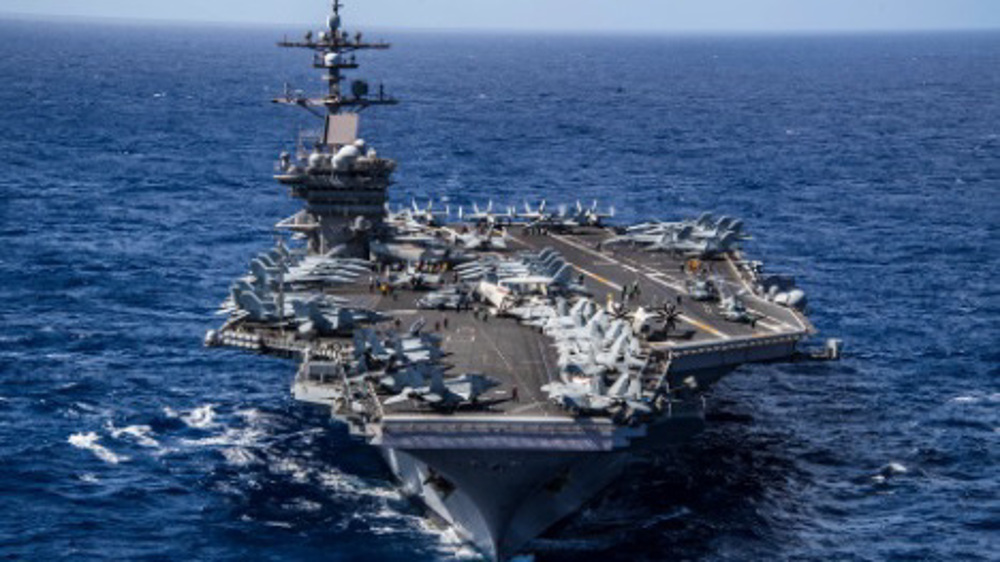
Yemen asserts enhanced military readiness; takes US aircraft carriers under firepower
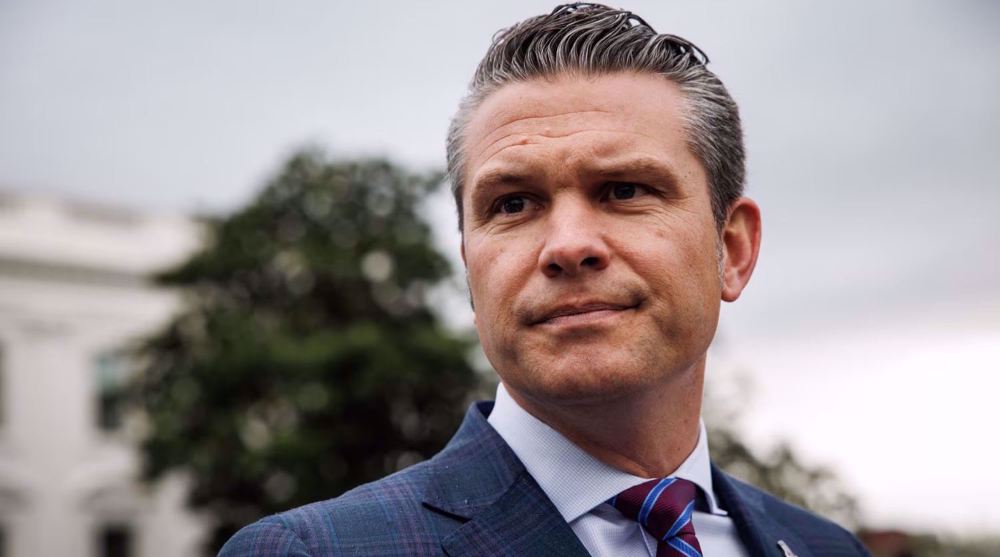
After second Signalgate scandal, Democrats call for Hegseth’s resignation
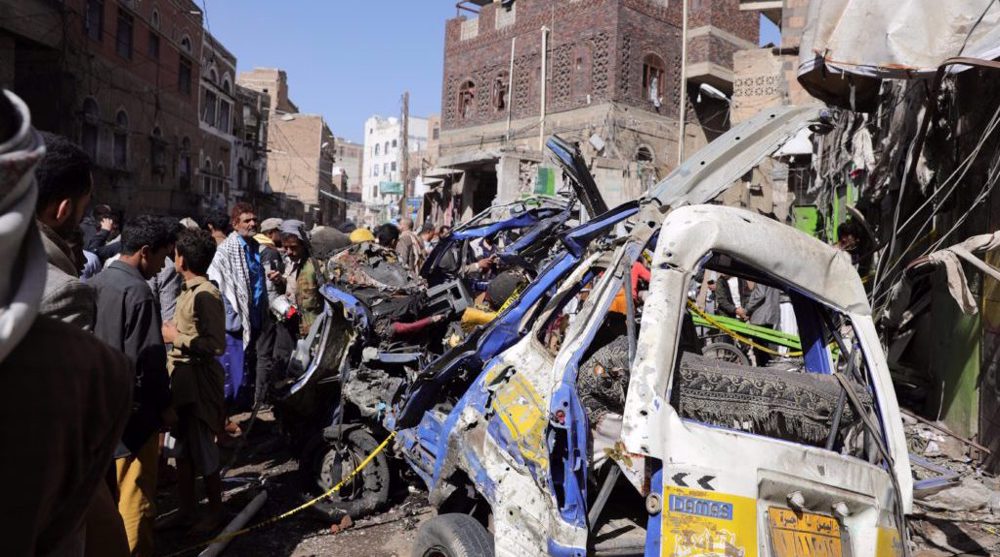
US warplanes strike Yemeni capital in new acts of aggression
Tahrir Hospital director: Gaza children at most severe stage of malnutrition
VIDEO | An insider's view of Iran: Marvast in Yazd
VIDEO | An insider's view of the country: Termeh
Yemeni forces strike key Israeli targets with ballistic missile, kamikaze drone
Iran unveils legal strategies for SCO states to counter challenges
Gaza’s slow death: How aid blockade has pushed Palestinians to the brink
US plan requires Ukraine to give 20% of territory to Russia: Report
Iran: New sanctions show US 'lack of goodwill' in talks with Tehran






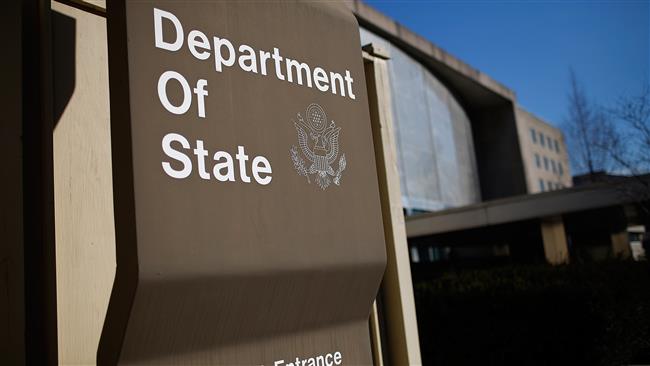

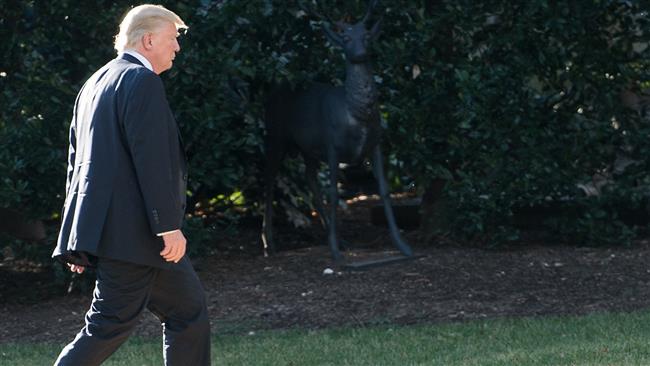
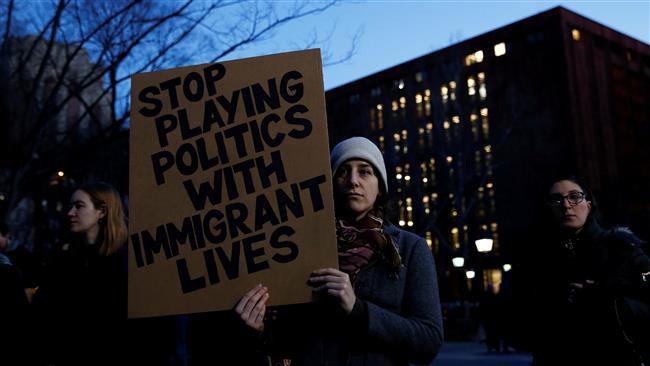

 This makes it easy to access the Press TV website
This makes it easy to access the Press TV website